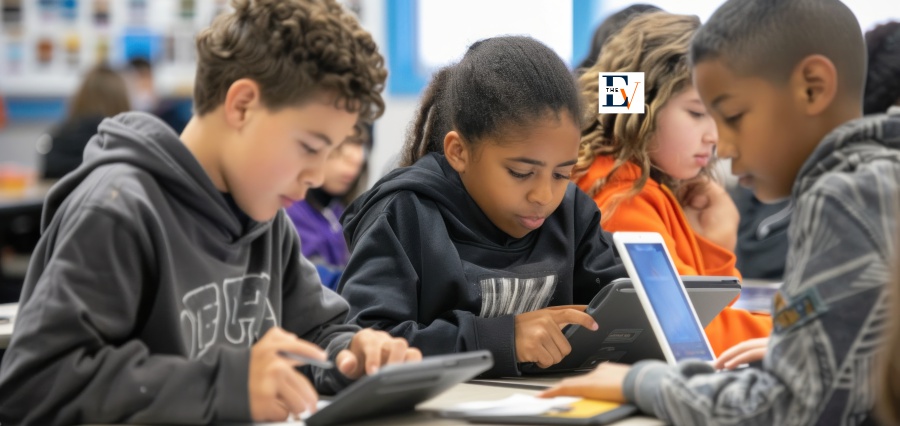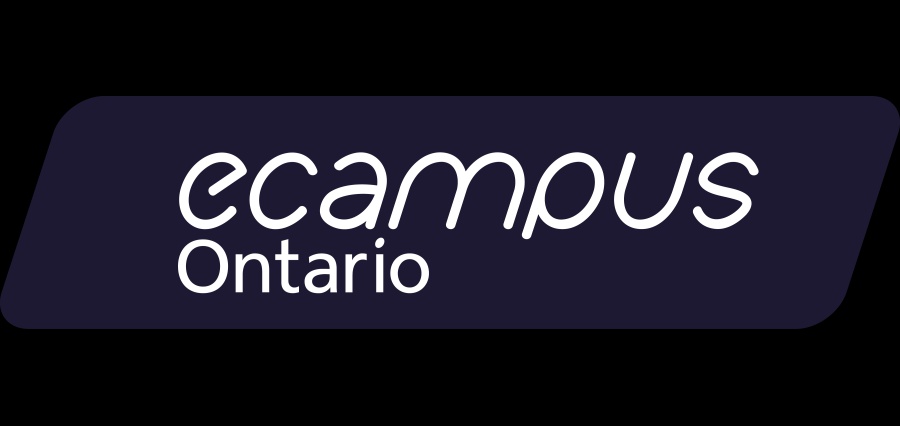Facades of Learning Techniques
Gone are the days when all studies were depicted with a classroom, a teacher, and a group of pupils clutching a stack of books. Education has moved beyond the four walls of classrooms and is now available at any time and in any location.
It has penetrated physical barriers and entered the internet, and this technological innovation has proven to be a boon in the current COVID-19 pandemic and lockdown. For all of their chores, people are forced to remain within the four walls of their dwellings.
Education has developed to the point that students can study from the comfort of their own beds, thanks to technological advancements. However, some students still prefer books to online studies; as a result, deciding which is best in the instance of books vs. e-learning is tough.
Traditional Education
Since ancient times, teachers have taught kids comparable things using the same methods in traditional classrooms.
If they wish to receive an education, they must all be present. If a student misses a lecture, they may miss the topic that the teacher is teaching in that lecture.
In a classroom, teachers can only educate a fixed number of students. Regardless of whether or not it is beneficial, all pupils must study the same thing. Some people are uninterested in a certain subject, but they must study it.
The traditional educational system is a classroom learning style in this way.
Online Education
Online learning is more effective than traditional learning because it allows you more time and freedom. Study films can be viewed at one’s leisure. There is no requirement to attend lectures at a university.
In comparison to traditional learning, students can learn and complete online education courses at their own pace.
Second, it provides proper education from professionals in specific fields. Learning takes less time since specialists teach specific topics in a shorter amount of time.
Because road accidents are common in urban settings, people frequently consider safety concerns. Online study apps provide greater educational opportunities in remote locations, and students gain access to specialists who can help them further their professions. The most significant aspect is that eLearning systems allow everyone to learn.
Students do not need to set aside a lot of time to learn new courses. They can learn at any time and from any location using their own devices. Furthermore, traditional learning has become prohibitively expensive, but E-Learning is far less expensive.
Both traditional and online learning institutions offer benefits and drawbacks. One thing is certain: online schooling is becoming increasingly popular. On the other hand, traditional classrooms have some valuable social features that can be lost in some virtual learning environments.
Teachers in traditional face-to-face classes have more possibilities to interact with pupils more personally. It’s critical to think about your learning style and scheduling needs while picking between online and traditional programs.
The following are the key distinctions between textbook and technology learning in numerous areas:
Access to the Most Recent Content
When most teachers are concerned about having the most correct and up-to-date knowledge, digital aids allow for content to be updated in real-time. Furthermore, academic book publishers have been chastised for charging exorbitant prices for new editions of texts.
Adaptability
Tablets give kids the opportunity to feel empowered by the learning process while also learning how to use technology for the rest of their lives. Because computers are employed in practically every field, incorporating them into the classroom will undoubtedly prepare pupils for future success.
Affordability
In the Indian education system, the affordability aspect is quite important. Digital textbooks are less expensive than paper textbooks. However, in the long run, students and institutions will pay significantly more for printed materials because digital copies do not have corresponding printing or shipping costs.
Problems with Health
Overexposure of students to blue-light screens has long been known to be harmful to their health. Furthermore, kids find it particularly difficult to distinguish between computer time spent learning and computer time spent playing.
On the other hand, print texts allow for more concentration in retaining and retrieving knowledge, which is a crucial component of the learning process.
Learning that is Well-organized
One of the major advantages of textbooks is that academic professionals professionally put them together. The information is organized logically, and the facts have been double-checked for accuracy.
Computers provide pupils with carte blanche, allowing them to deviate from a teacher’s lesson plan or even access content that contains incorrect information, resulting in a failure to satisfy learning objectives.
Problems with Weight
In comparison to traditional books, digital books are easier to transport. Over the years, the main source of concern has been hefty school backpacks. The digital device can be used to store books and homework, and classwork if it has strong internet connectivity.
Conclusion
There is an endless debate over which method is superior, and it is always preferable to leave the final choice to the stakeholders, in this case, the students, as to which style they prefer and why. At the same time, some students prefer a collection of books over bookmarking many URLs because having real material to learn from is more convenient.
Then there are individuals who keep the world at their fingertips via their cell phones, and technology is necessary for them, even when studying.
Regardless of the mode, the main goal should be to absorb permanent knowledge and make the most of it, whether from a single book author or from a group of subject matter experts imparting knowledge via the internet.






